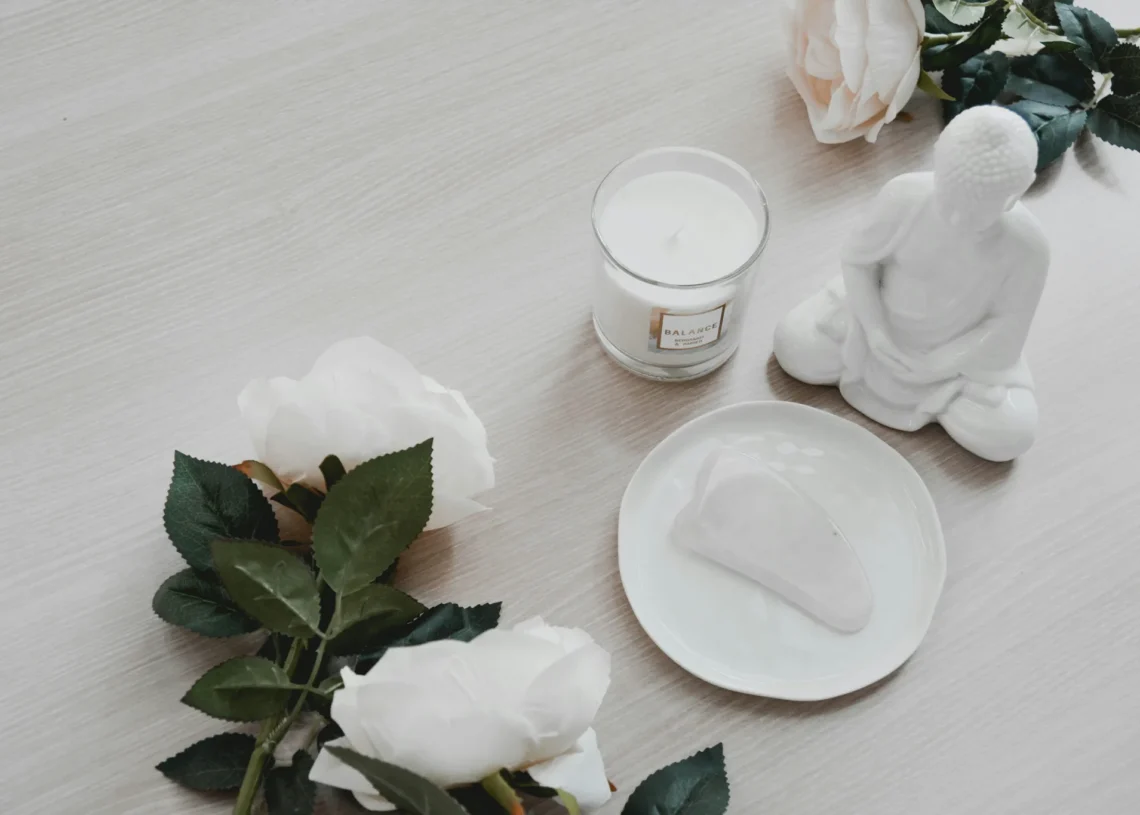The “clean girl” look has become popular among typically white and affluent young American women. Characterized by a minimalist, fresh-faced look with dewy skin, natural makeup, and sleek hair, it emphasizes a polished, understated appearance and a healthy lifestyle. Originating from TikTok, this trend has been popularized by influencers who promote it as a modern beauty standard.
Celebrities like Hailey Bieber have significantly contributed to the rise of the clean girl aesthetic. Their social media presence and branding have established this look as a desirable beauty standard. Brands associated with these celebrities offer products that promise the clean girl look, turning a personal style into a profitable venture.
Although the clean girl look’s terms might suggest it’s new, the concept is far from recent. Elements like brown lip liner, hair oiling, and gua sha have deep roots in the cultural practices of women of color. While the terminology may be new, these practices are steeped in long-standing tradition.
The Cost of Being “Clean”
Beauty and wellness products hold significant importance in the lives of Asian women and other women of color. These products and practices are rooted in cultural traditions and carry historical significance. Gua sha, for example, has origins in the paleolithic ages, and is a healing technique deeply ingrained in Chinese culture.
Paige Yang, a traditional Chinese medicine (TCM) practitioner, has been deeply influenced by this exposure. Yang, who runs an integrative wellness center in Honolulu and founded Yang Face, was introduced to Chinese medicine by her grandmother and later pursued a career in medicine.
Yang notes the frustration with influencers promoting Eastern wellness practices inaccurately: “A lot of times it is frustrating to see influencers without credentials promoting the practice in a way that really minimizes the medicine.”
When mainstream culture adopts these trends, they…
Read the full article here





